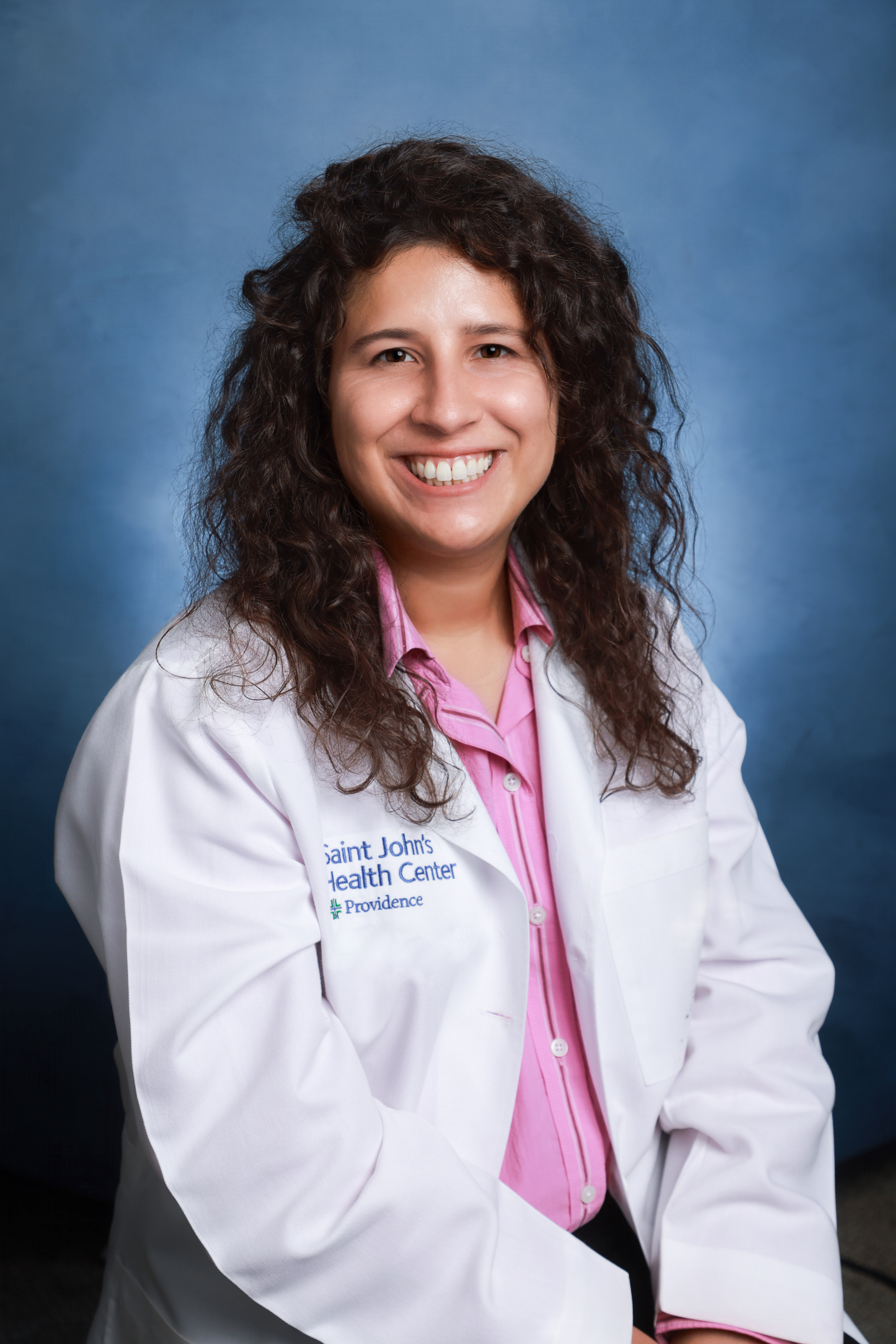Fibroids and Other Pelvic Masses

Overview
What are Fibroids and Other Pelvic Masses?
About one in three women will develop fibroids sometime during their childbearing years. Fibroids are smooth muscle tumors that develop in the wall of the uterus. They may be as small as a grain of rice to as large as a grapefruit. Nearly all fibroid tumors are benign (not cancerous) and don’t increase the risk of uterine cancer. The cause of fibroids is unknown. Fibroids may cause heavy periods, bleeding between periods, infertility, increase the risk for miscarriage or other problems during pregnancy; however, most women with fibroids have normal pregnancies.
Women who are nearing menopause are most at risk because of their long exposure to estrogen. Other risk factors for fibroids include:
- Family history of fibroids
- Early menstruation
- Not having children
- Obesity
- Diet high in red meat
- High blood pressure
A pelvic mass is often discovered during routine gynecologic exams. The enlargement or swelling in the pelvic region may begin in the cervix, uterus, and other pelvic organs such as the bladder, intestines or ureter. If you have pelvic pain or swelling or feel bloated, it’s best to see your Saint John’s Physician Partners gynecologist to diagnose the cause and develop a treatment plan that fits you best.
Symptoms
Fibroids and Other Pelvic Masses Symptoms
Many women with fibroids have no symptoms or only mild symptoms, while others may have more severe symptoms. The most common symptoms include:
- Heavy or lengthy periods
- Abnormal bleeding between periods
- Change in bowel habits
- Nausea or vomiting
- Pelvic pain or lower back
- Frequent Urination
- Pain during intercourse
- Swelling of the lower abdomen
The most common causes for a pelvic mass include fibroids, endometriosis, ectopic pregnancy, bowel obstruction, and ovarian cysts. This is why is so important to see your doctor to determine the cause and develop a treatment plan.
Diagnosis
Fibroids and Other Pelvic Masses Diagnosis
Fibroids are often found during routine pelvic exams when your doctor presses on your abdomen and feels a mass that may indicate fibroids.
Diagnostic evaluation of a pelvic mass is similar as that of fibroids. In addition to a pelvic exam and medical history, your doctor may recommend lab tests, imaging studies such as MRI, CT scan and laparoscopic procedure.
To diagnose fibroids, your doctor may perform several tests, including:
Pelvic Ultrasound
Where a small instrument, called a transducer, is inserted in your vagina or pressed on your abdomen to get a clearer picture of your uterus using sound waves. This procedure lets the doctor confirm the diagnosis, and see the size, shape and texture of the uterus and any growth within.
Magnetic resonance imaging (MRI)
This imaging technology provides your doctor highly detailed images of internal organs. These images will help determine the exact location, size and characteristics of the fibroids, and help devise a treatment plan.
Lab tests
If you have abnormal bleeding this will help rule out bleeding disorders or thyroid problems.
Hysterosonography
This is a procedure in which your doctor uses sterile saline to expand the uterus to make it easier to get images.
Hysterosalpingography
This study uses a dye to highlight the uterine cavity and fallopian tubes on X-ray images.
Endometrial biopsy
This is a procedure in which your doctor will take a tissue sample for evaluation.
Your doctor will insert a small, lighted telescope, called a hysteroscope, through your cervix into your uterus to evaluate the lining of the uterus for any fibroids that may involve the lining and affect bleeding.
Treatments
Fibroids and Other Pelvic Masses Treatments
There is no best treatment option for uterine fibroids. Your doctor will develop a treatment plan that best fits your needs, which may include:
Watchful Waiting
For women with fibroids who have no signs or symptoms or only mild symptoms, watchful waiting could be the best option.
This is the surgical removal of the uterus.
This conservative surgery removes only the fibroids and leaves your uterus intact.
Anti-hormonal medicines: Certain medicines block estrogen and may help treat fibroids.
Uterine artery embolization
This procedure allows your doctor to shrink the arteries supplying the fibroids and cuts off the blood supply.
Anti-inflammatory painkillers
This helps to alleviate pain caused by fibroids.
Once the cause of a pelvic mass is known, a treatment plan will be developed based on a consideration of size, position and nature of the mass. Depending on the cause, treatment options will be personalized to your specific situation and consider your age and other risk factors. Surgery may be an option, and if cancer is detected treatment may be a combination of surgery and chemotherapy or radiation therapy.
Specialists
















